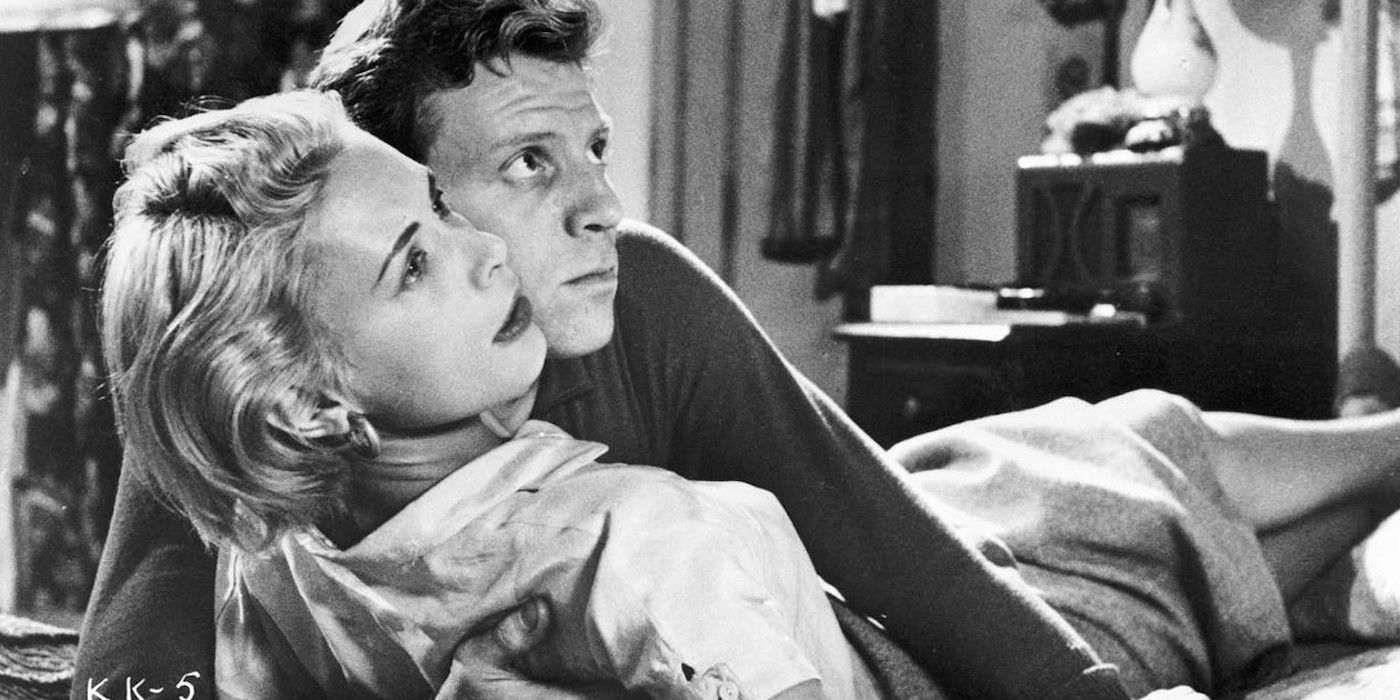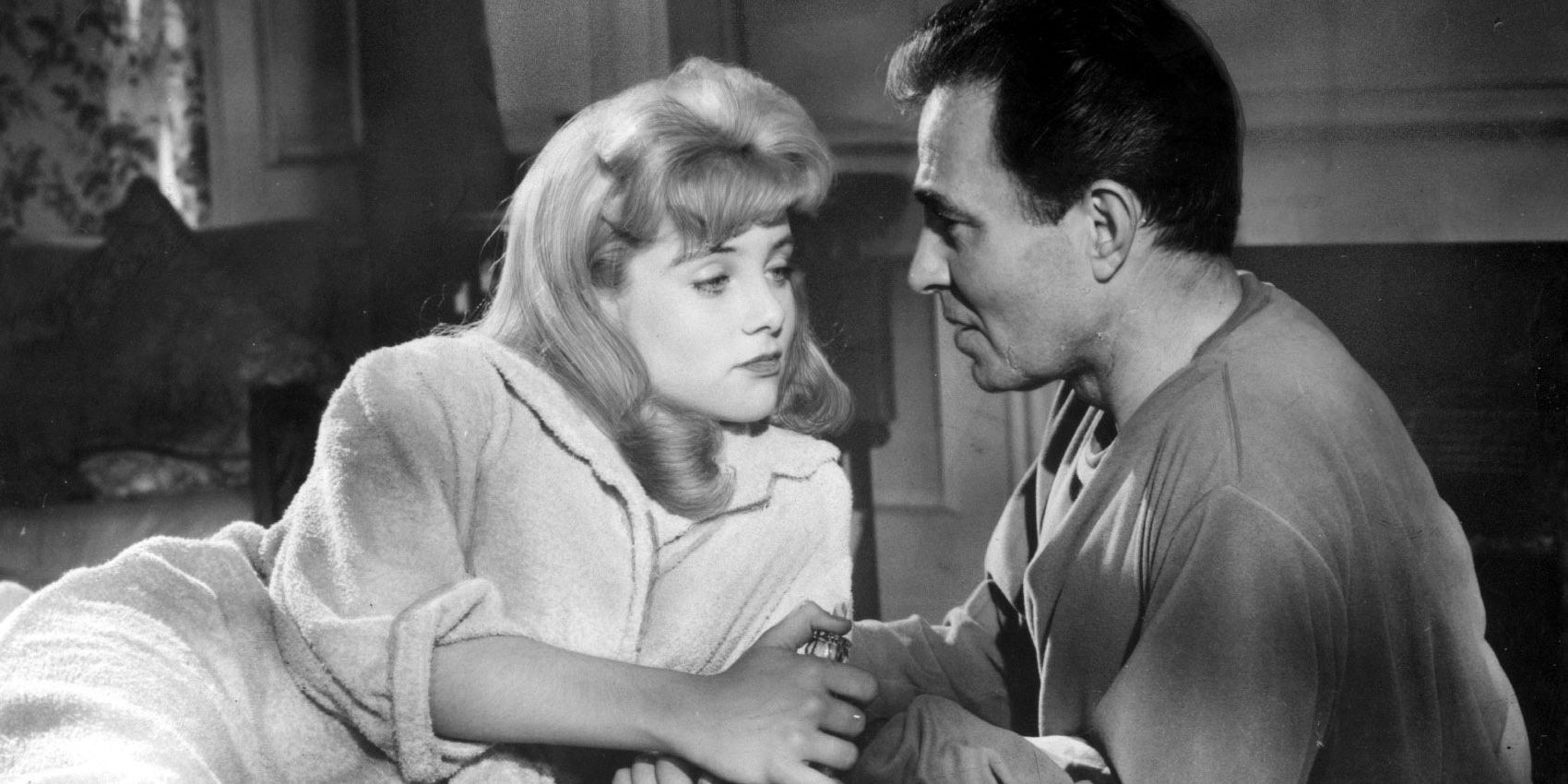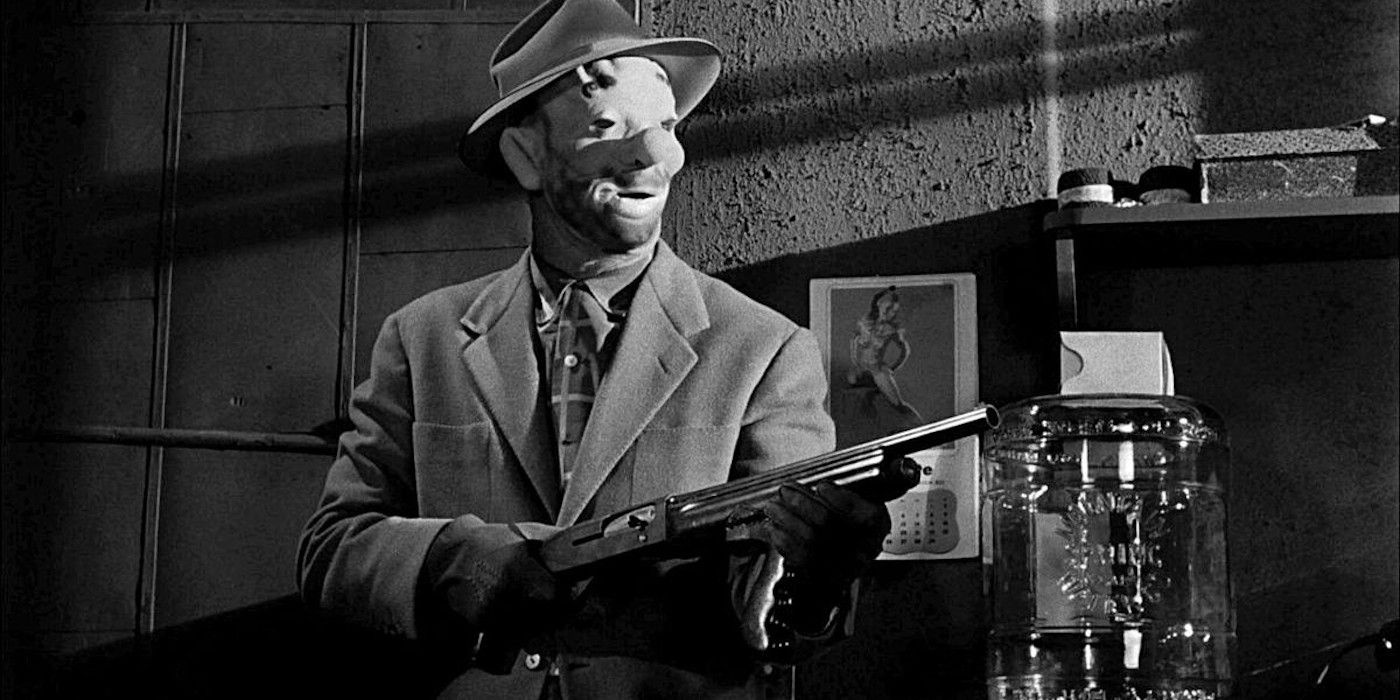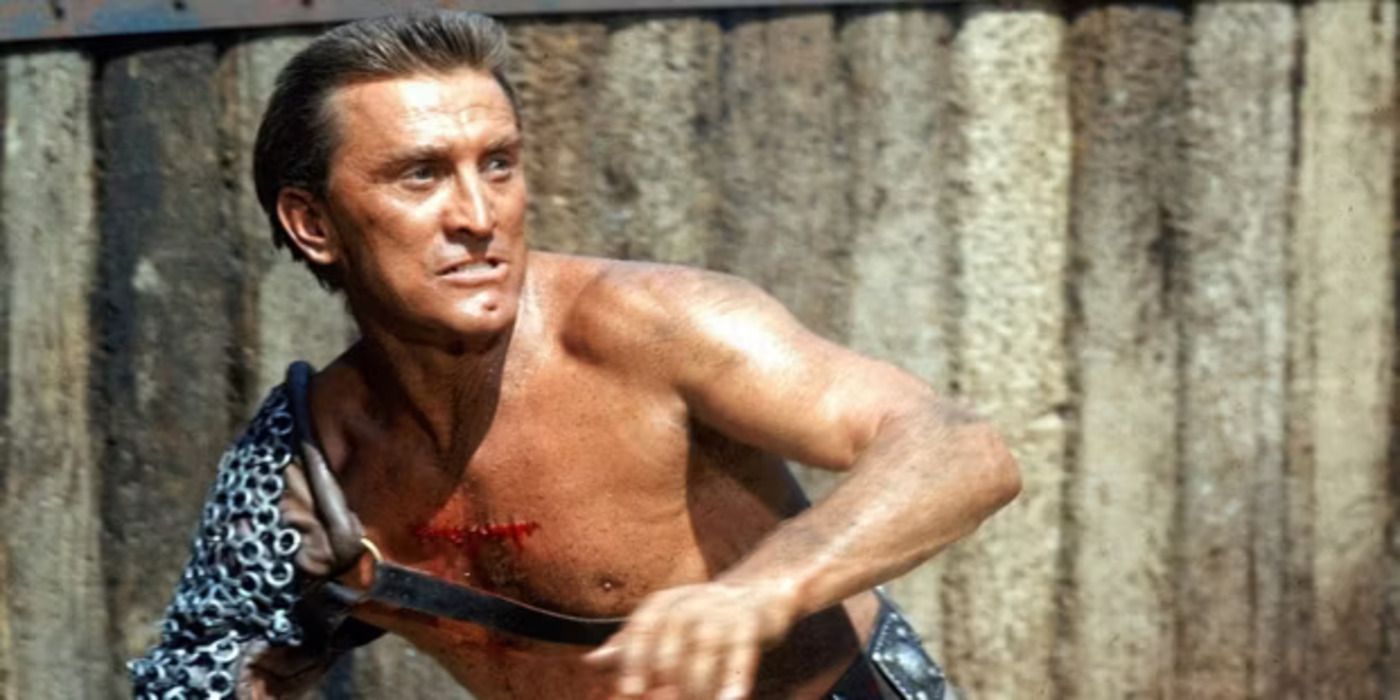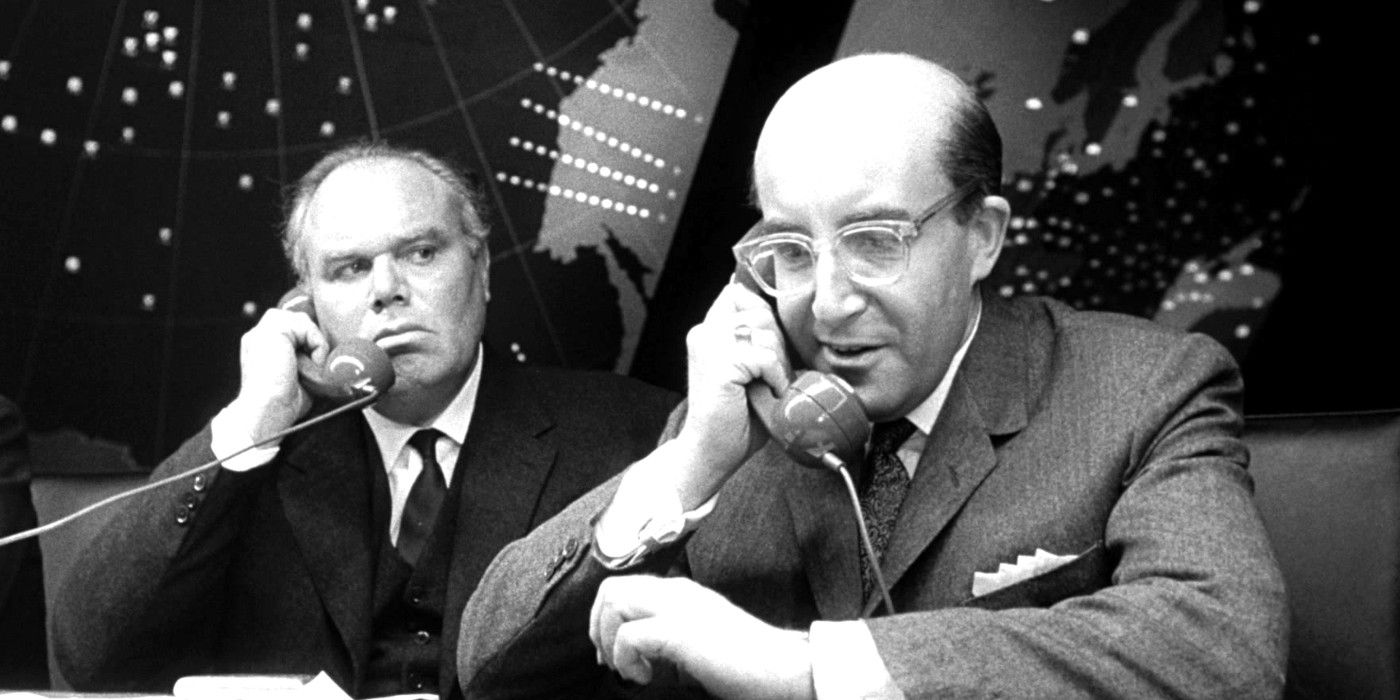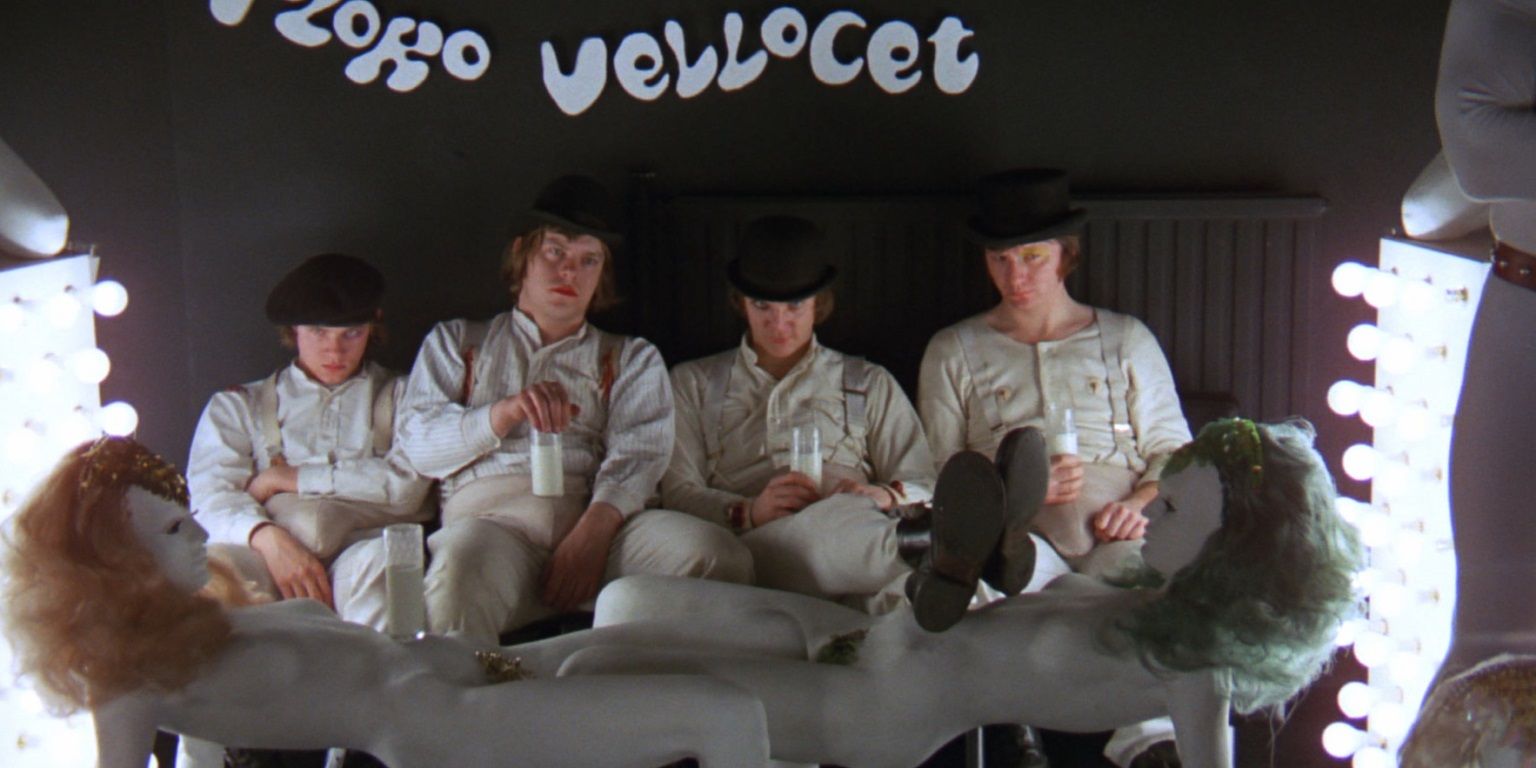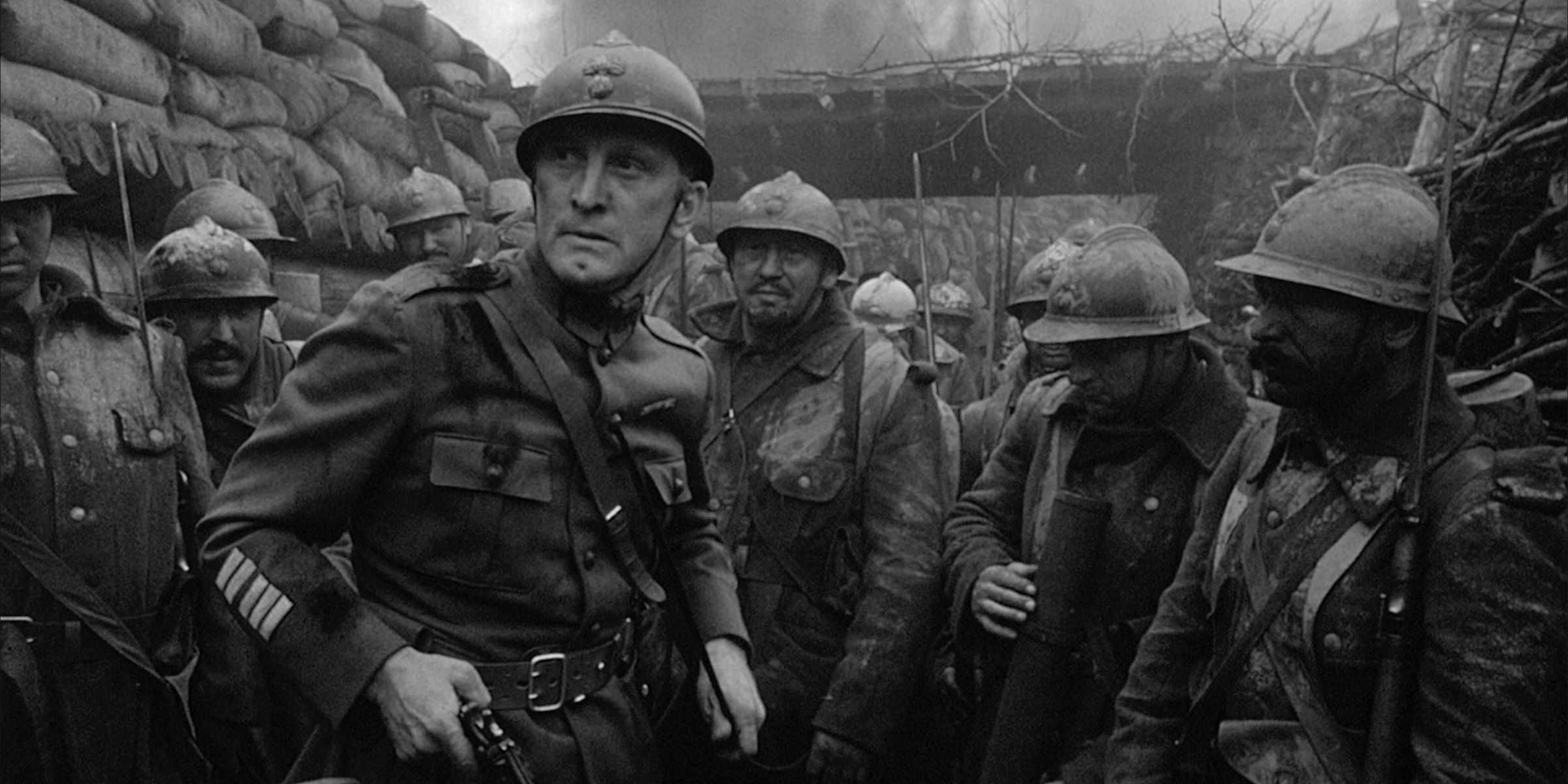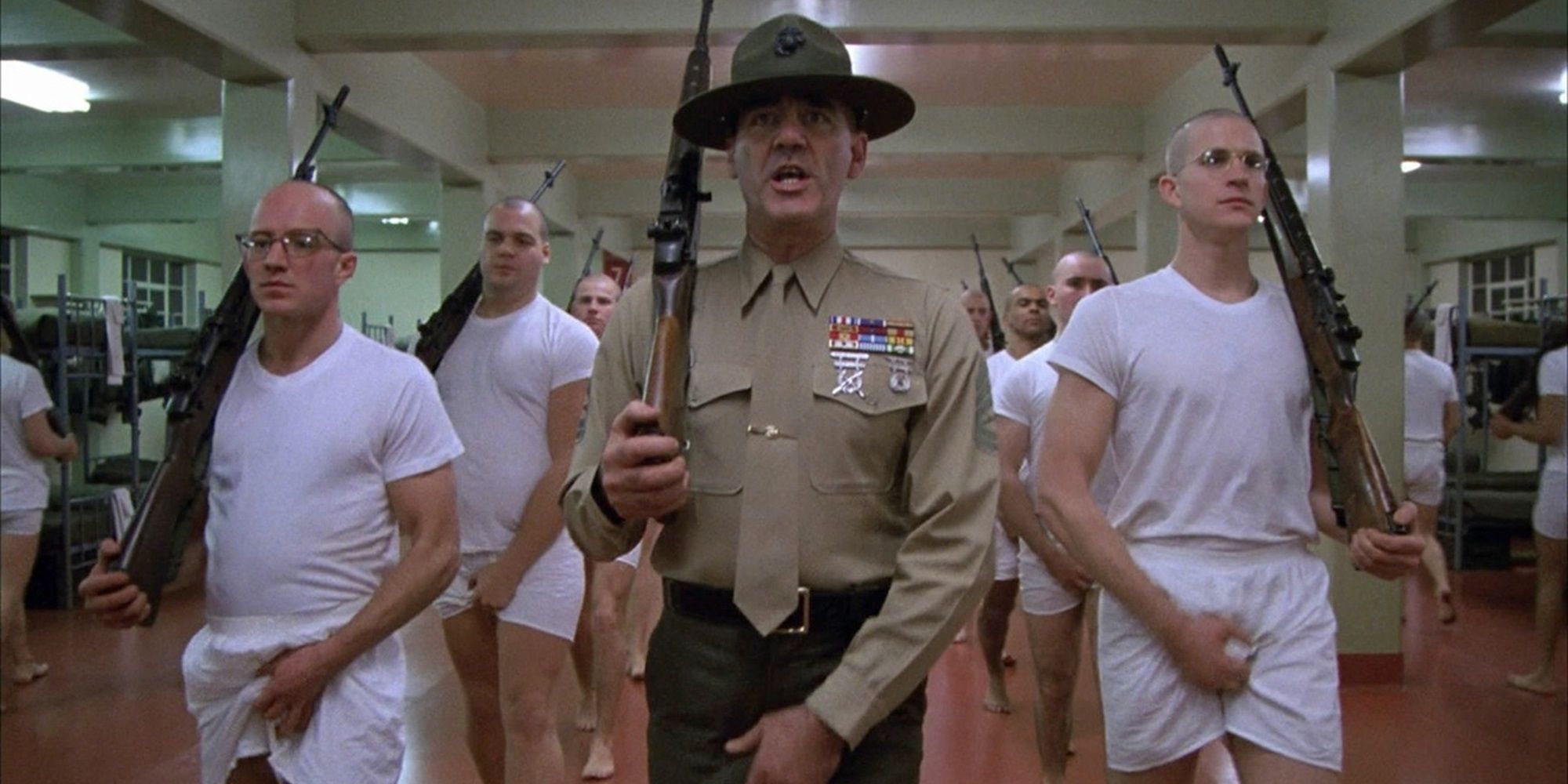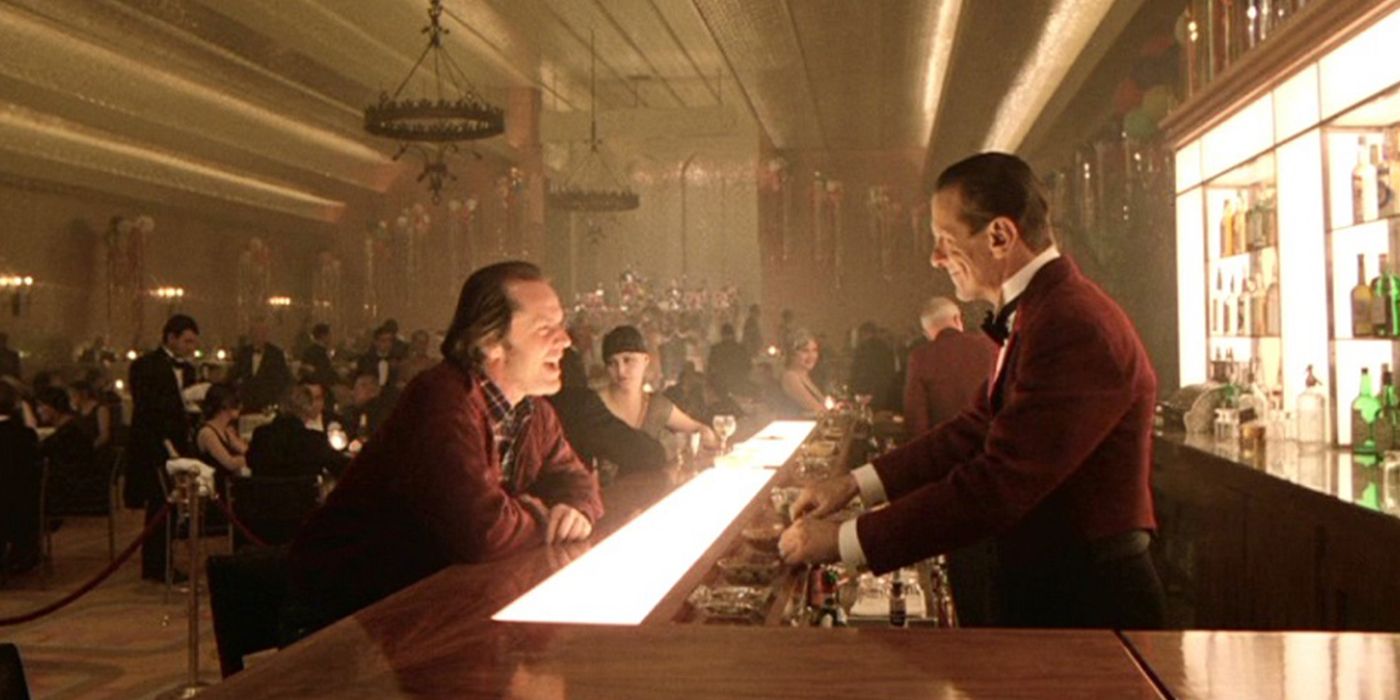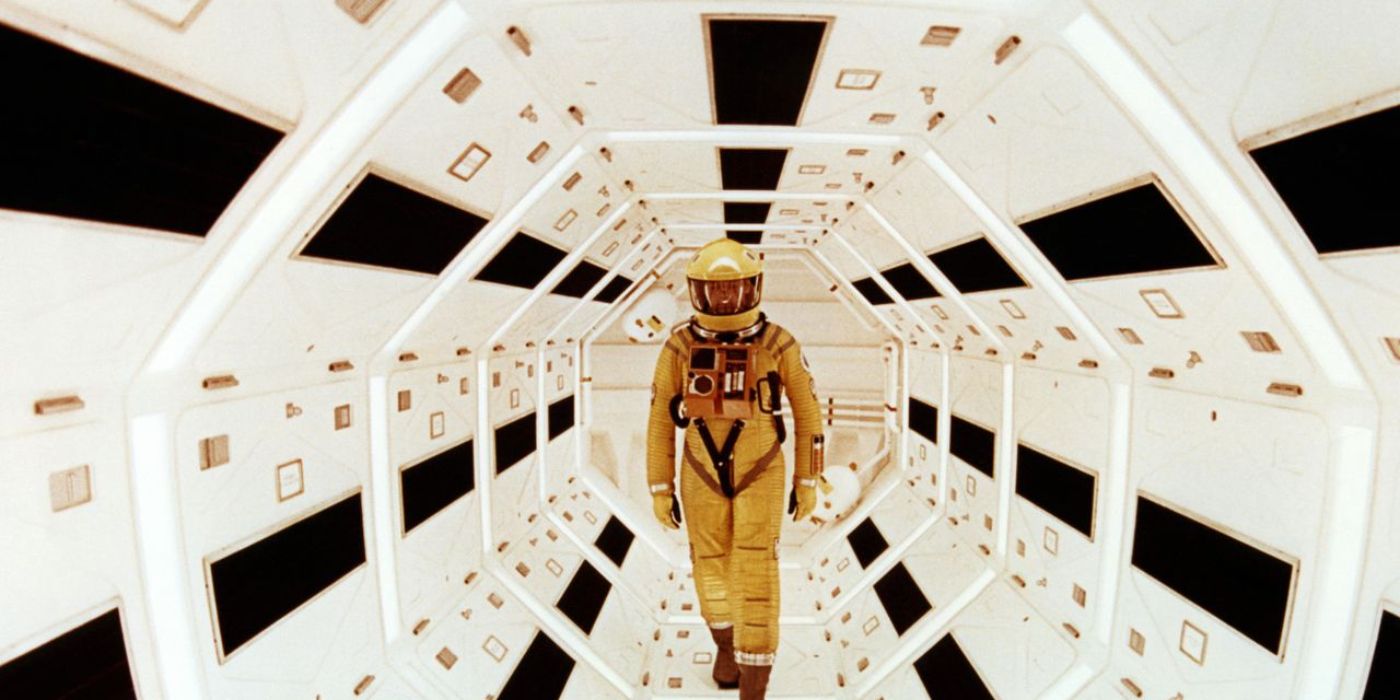Summary
- Kubrick directed only 13 feature films from 1952 to 1999, showcasing his meticulous dedication to each project.
- Kubrick initially faced challenges, but demonstrated extraordinary talent in filmmaking, eventually creating iconic cinema.
- Key films like “2001: A Space Odyssey” and “The Shining” cemented Kubrick’s legacy as a visionary director ahead of his time.
Stanley Kubrick is one of the most iconic and legendary directors of all time, but from 1952 to 1999, he only directed 13 feature films, which speaks to the time and care he placed in each project. Stanley Kubrick was born in 1928 in New York City. He had a keen interest in film and photography from a young age, and began working as a professional photographer before moving on to start making short films of his own in the early 1950s. It was also at this point that Kubrick began to make connections in the film industry that helped him get started and begin making feature films.
While his first forays in film showed promise and some of the elements that would go on to become his trademarks, it took Kubrick time to hone his talents. However, he clearly displayed tremendous talent, and found success working in many different aspects of filmmaking. While many of his earliest films were collaborative efforts, Kubrick began to show a preference for working mostly independently, with him claiming the role of director, writer and producer on most of his films. Despite his tendency to take control to such an extent, Kubrick proved to be gifted and created several of the most influential films in cinema.
13 Fear And Desire
Fear and Desire was Kubrick’s feature film debut in 1952, and one of only three movies where he did not write the screenplay. The film was written by Howard Sackler, and features a war story in an unidentified location. Largely, this film reveals some of the deeply held views of Kubrick about the brutality of war. However, the story was not quite as coherent as Kubrick’s later works.
In addition, there were elements of this one hour-long independent film that meant it was easily surpassed by the rest of Kubrick’s filmography. Despite the teething issues and flaws in this film, Fear and Desire was a solid first entry from Kubrick that clearly hinted at his extraordinary talent. And, just a few years later, he would create a new war movie that would deliver the same message in a much more effective way.
12 Killer’s Kiss
In 1955, Kubrick teamed up with Sackler once again to make Killer’s Kiss. Due to his frustration with his film debut, he removed the earlier title from circulation. However, Killer’s Kiss was a massive improvement that won Kubrick the Lorcano International Film Festival Award for Best Director. Kubrick drew on his love for boxing and wrote a story which revolved around a retired boxer and a series of strange events which lead him to catch a train to his hometown.
The film was good enough to get Kubrick a $100,000 deal for the film, on the condition that he change the ending to a happy one, and another $100,000 for his next film, The Killing. This was one of the inciting events that likely pushed Kubrick to seek so much control and independence over his films, but he obliged in order to continue pursuing his passion for filmmaking.
11 Lolita
On the back of Kubrick’s four-time Oscar award-winning film, Spartacus, he moved on to adapt a controversial novel which would also be nominated for an Academy Award. Lolita deals with extremely heavy subject matter, but Kubrick was passionate about exploring stories that challenged the audience. However, considering the themes of the film, it was heavily censored and received a mixed critical response.
The film is a black comedy story which is a much clearer vision of the kind of humor and subjects that Kubrick used throughout the rest of his career. It also marks the first time that Kubrick worked with Peter Sellers, an extremely popular actor for the period. The twists and subversions within the story are also indicative of Kubrick’s work.
10 The Killing
The Killing was Kubrick’s first foray into criminal heist films, which helped to expand his portfolio beyond war films, and tackle something with a little more complexity. The film brings together five ambitious men to pull off a robbery at a horse racetrack. Despite never having made a heist movie before or since, Kubrick’s work became incredibly influential in the genre, helping to increase the genre’s popularity.
Kubrick had a talent for creating genre-defining films and iconic classics, and The Killing is the first entry in his filmography that really stood out in this way. However, this was still very early in Kubrick’s career, and his best was yet to come. Regardless, this movie marks a transitional point in Kubrick’s career that would set him on a streak of creating outstanding new films for many more decades before he passed away in 1999.
9 Spartacus
In 1960, Spartacusstarring Kirk Douglas became Kubrick’s largest commercial success. The film had a star-studded cast, it won four Oscars, and it made Kubrick into a household name. However, the film was also a collaborative effort with Kirk Douglas, who Kubrick worked with previously on Paths of Glory in 1957. However, Kubrick had a unique relationship with the film and Douglas.
While the movie was clearly a milestone in Kubrick’s career, it was also the project over which he had the least creative control. Kubrick was hired as a director a short way into the film’s production after the previous director was fired by Douglas and his production company. This was the last time that Kubrick would surrender so much creative control, and the second to last time that he would create a film where he did not assume the role of director, writer and producer simultaneously.
8 Eyes Wide Shut
Kubrick was a man who passionately loved his work as a filmmaker. This is perhaps best seen in his final film, Eyes Wide Shut, a movie that he completed days before his death in 1999. Kubrick believed the project was his greatest contribution to cinema, and while this evidently didn’t hold up considering the success of many of his other works, Eyes Wide Shut does have a special place in his filmography.
The movie stars Tom Cruise and Nicole Kidman in an intense psychological drama that reveals an intense romantic relationship that is deeply flawed. The film became Kubrick’s most commercially successful when it pulled in over $162 million at the box office (via Box Office Mojo). However, Kubrick never sought commercial success, preferring to tell stories that explored the depths of human emotion.
7 Dr. Strangelove Or: How I Learned to Stop Worrying And Love the Bomb
On that note, Dr. Strangelove was one of Kubrick’s most unconventional films. The movie sees Kubrick reunite with Sellars after the success of Lolita, and positions him as a star in multiple roles for the movie. Another dark comedy and satire which revolves around the imminent threat of nuclear war.
The film has been universally praised and hailed as one of the best comedies and films in general of all time. The satirical humor was extremely poignant when the movie came out in 1964. However, Kubrick continued to create other spectacular films that would be even more influential and popular with modern and contemporary audiences, withstanding the test of time later in his career.
6 Barry Lyndon
Just over a decade later, Kubrick made his historical war epic with a runtime of over 3 hours, Barry Lyndon. Barry Lyndon would also go on to claim four Oscar wins thanks to the film’s spectacular peripheral details that elevated it beyond a simple story and made it into something which explored several pivotal moments in the life of an Irish rogue.
The film is a breathtaking example of the range and depth of Kubrick’s skill and vision for filmmaking. With a story that unravels over decades and multiple countries, it feels like theater in a way that most films can’t come close to achieving. Once again, Kubrick took a chance at exploring a new topic and central genre for the film, and he managed to excel.
5 A Clockwork Orange
However, sci-fi was arguably the area where Kubrick made the most significant contributions. In 1968, Kubrick released 2001: A Space Odyssey, and in 1971, he released A Clockwork Orange. Both films explore unique sci-fi stories, with A Clockwork Orange taking a more ground level approach and focusing on the tragic character of Alex DeLarge, played by Hollywood legend Malcolm McDowell.
A Clockwork Orange was one of the first films that McDowell ever starred in, and it launched his decades-long career. However, it was also a significant film in Kubrick’s body of work, as it was one of the most experimental and unusual of his entire career. The film beautifully balances a study of the human psyche, and bizarre dystopian elements that contrast with much more traditional sensibilities.
4 Paths Of Glory
Paths of Glory was one of the earlier films in Kubrick’s career, but it remains one of the most significant. A collaboration between Kubrick, Douglas and Harris, the movie is a much more accomplished and significant version of the anti-war sentiments that were present in Fear and Desire. The movie follows a group of young soldiers who refuse to press forward with a suicide mission.
Then, the movie shifts into exploring this act of treason in a court-martial setting, where they must depend on their commanding officer to defend them. The movie is nothing short of spectacular, and it is easily one of the most valuable war movies ever made. However, some of Kubrick’s other works have become even more iconic since they debuted.
Kubrick’s final film revolving around war, and his penultimate film ever made was released in 1987. Full Metal Jacket is Kubrick’s most impressive war film in terms of the story and the performances from the leading actors involved. With a young Matthew Modine and Vincent D’Onofrio leading the cast as two soldiers, and Adam Baldwin as their commanding officer, the film is an extraordinary insight into the challenges faced by the soldiers who become a loaded bullet for their superiors to use as they wish.
The movie may not be Kubrick’s most profitable, his most influential, or even the most critically acclaimed, but in terms of storytelling, this is a movie that Kubrick put everything he knew about filmmaking into and it shows. The film goes between hopeful, joyous moments, and dark, devastating drama in a way that keeps the audience engaged from start to finish. And the actors involved delivered outstanding performances all round.
2 The Shining
When the name Stanley Kubrick is mentioned, there are two movies that immediately come to mind for most people. For horror fans, the classic Stephen King adaptation, The Shining, is likely to be the first thing that they think of. This 1980 supernatural horror story remains one of the best Stephen King adaptations of all time.
It’s clear that by this point in his career, Kubrick had grown to a point where he was able to draw the best performances out of his actors, and get the exact emotions and feelings conveyed in their performances. Jack Nicholson stars as Jack Torrance, a writer who is hoping to complete his latest work while he and his family keep watch over a hotel in its off season. The film is also Kubrick’s only dedicated entry into the horror genre, but again reveals how exceptionally talented he is at creating standout movies in any genre.
1 2001: A Space Odyssey
Finally, the number one movie directed by Kubrick has to be his classic sci-fi story, 2001: A Space Odyssey. This film redefined what a sci-fi movie could be, and it explored concepts that were far beyond its time in 1968, with A.I. at the heart of the story. The film has some of the most iconic visuals and scenes in any of Kubrick’s work, and clearly shows his talents for photography that were honed years earlier before he began making films.
In addition to his triple duty role as director, writer and producer for 2001, Kubrick also assumed the position of director and designer of special photographic effects. The movie redefined sci-fi, and it remains one of the best films of all time. 2001, with its sci-fi genre, was a perfect match for Kubrick with the experimental nature of the genre and the possibility of running wild with imagination. As a result, this movie stands out as Stanley Kubrick’s greatest work in cinema, and the best film he ever made.



